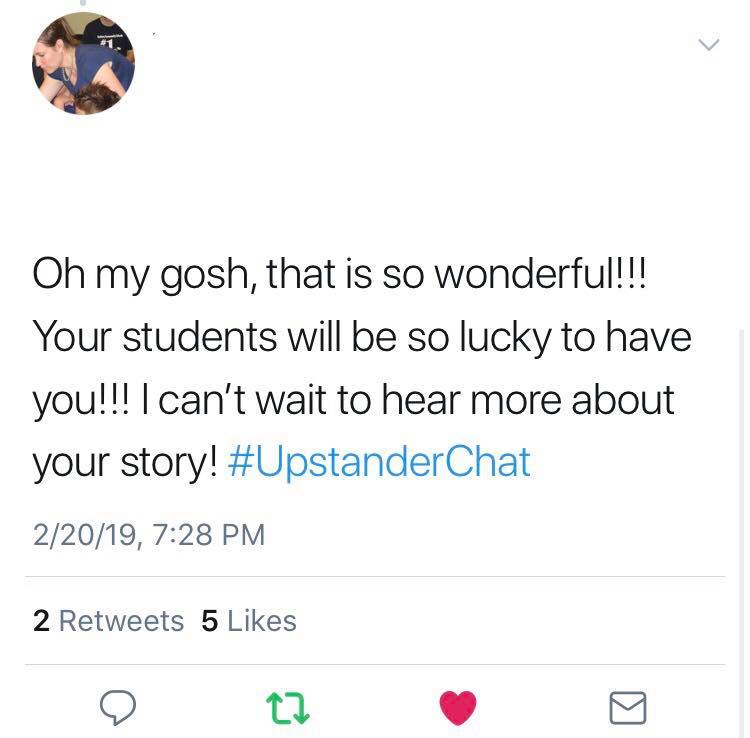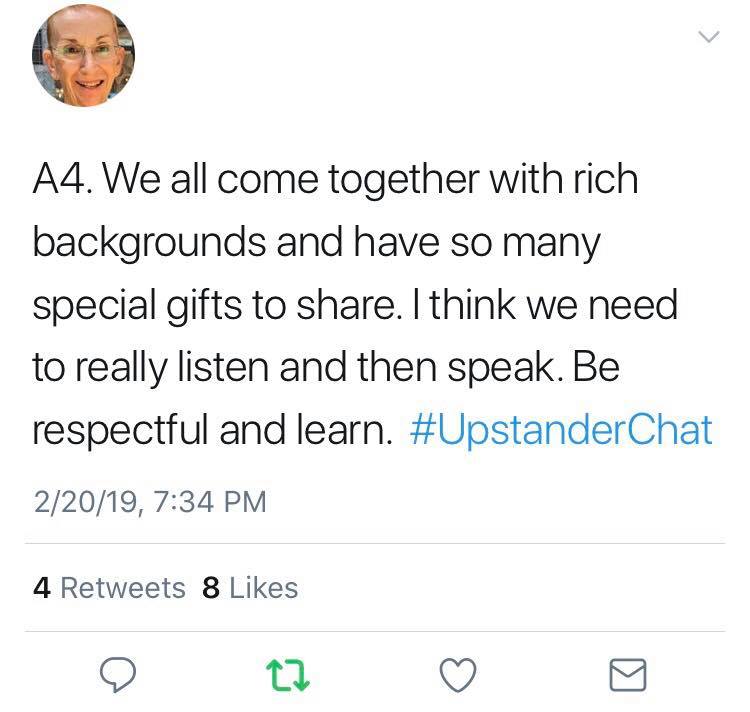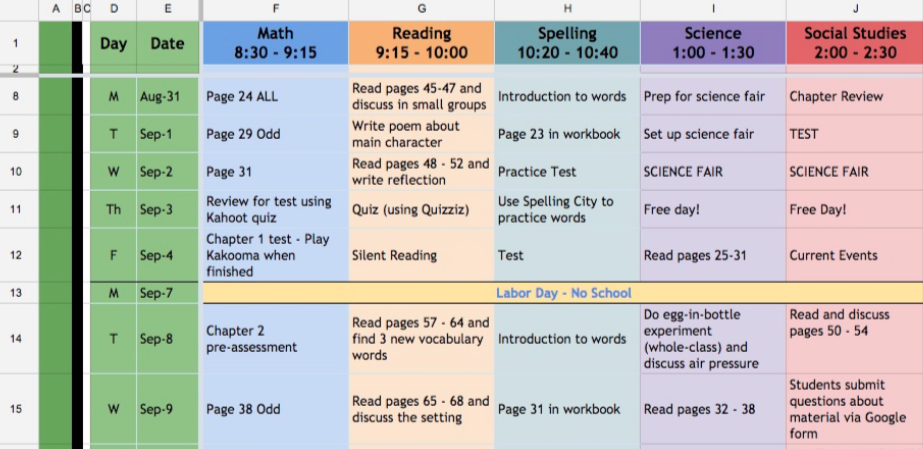MySpace. Facebook. Instagram. Snapchat. Twitter. The list of social media outlets continues to expand, as those are only a few in which many individuals nationwide are using today. With the majority of our worlds individuals having access to smartphones, it is no longer difficult to be connected to the world around you. All of these applications are simply in your pocket. This allows global learning to be an attainable form of education throughout classrooms. This is a concept in which I have recently begin exploring myself. I have taken to twitter which, I’ll admit, I had never considered to use as an educator. I instead understood it to be used as a personal outlet rather than a professional outlet. Well, I stand corrected. Twitter is overflowing with professional educators not only nationwide, but worldwide. The abundance of information you can begin to grasp astounded me.

My viewpoints have shifted now that I have joined the professional twitter community. I have participated in two different Twitter chats. These are chats scheduled throughout the week, focusing on a narrowed topic, in which anybody is allowed to join and contribute their opinions to different questions. It is a quick paced environment, however, since each chat has a hashtag it becomes easy to follow, as well as, refer back to at a later time to re-grasp the information. As I read other individuals responses, I was shocked. How had I never thought about that? Where has this information been? It instantly reminded me of one of my favorite quotes in life, “Everybody you will ever meet, knows something you do not”. The internet is filled with information. It is also filled with people who have different perspectives, attitudes and knowledge of this information. Since every classroom is different and every educator instructs different lesson plans, connecting with them is bound to leave you full of new ideas.
It is simply incredible to walk away with new lesson plans, viewpoints and thoughts on different categories. However, the part that I found most inspiring is how uplifting these other educators are. I leave the chats feeling as if I have made new partnerships, as if somebody appreciates my own personal thoughts and, most importantly, that somebody is rooting for me. They provide insight which leaves you feeling confident about the career path you have chosen. In my eyes, they are making a difference in lives and it excites me to interact with them knowing one day I will do the same. Here are just two examples from my twitter chats of how encouraging other educators can be:


Names have been withheld for individuals privacy.
Technology was intended to build the world up – to connect people, to expand past our own horizons and to make information easily accessible. Twitter is doing just that. It is allowing teachers who may otherwise never have met, be able to motivate one another. I find it empowering to have others who hold you accountable for the way you run your classroom while giving you feedback on how you may improve it. Our students deserve the best education in which we can give them and these resources are helping to do just that. Global learning is taking ordinary youth and guiding them to become leaders.

